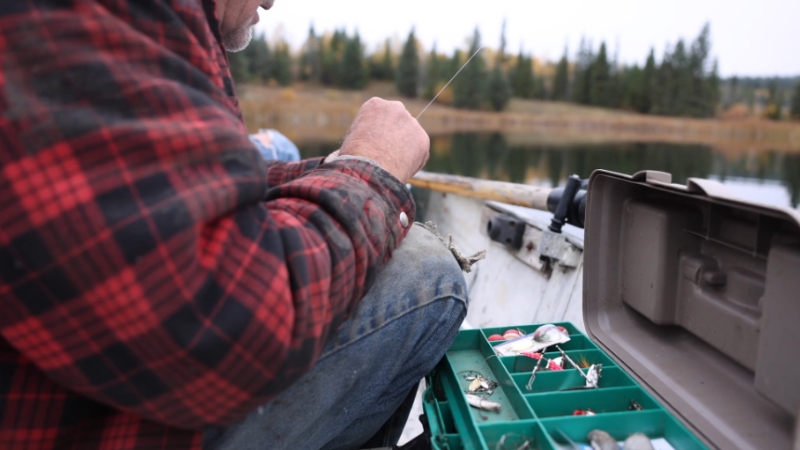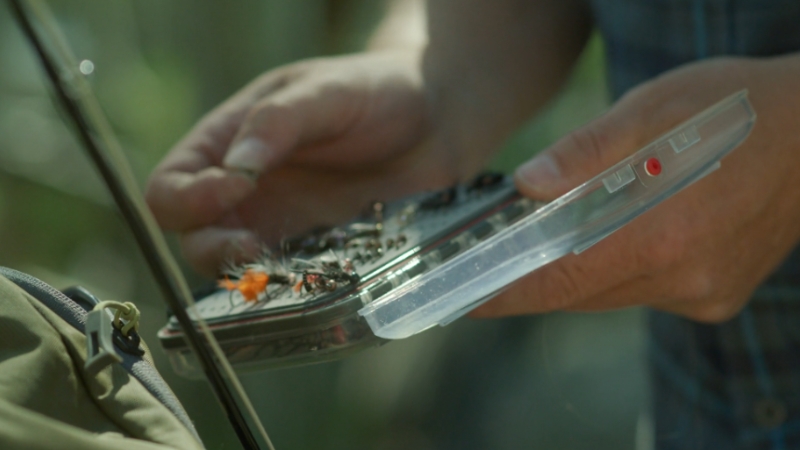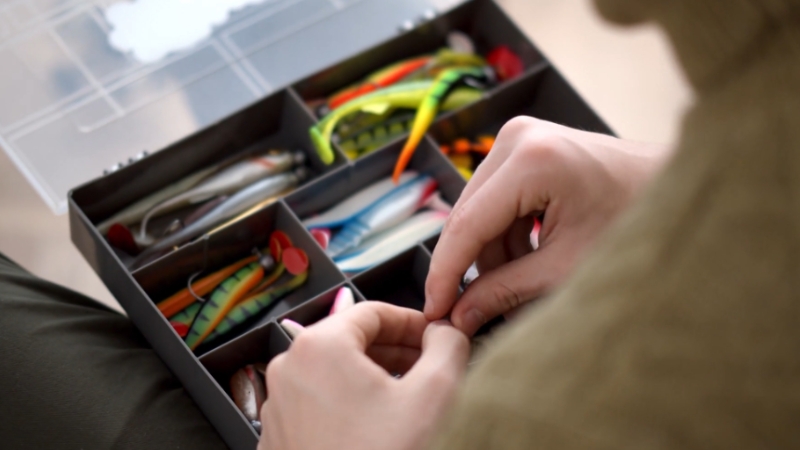Smart lure choice often decides how successful a fishing trip becomes, since each species reacts to motion, size, and color in different ways.
Anglers who adjust lure selection based on water clarity, structure, depth, and seasonal movement usually see stronger results across freshwater environments.
A solid approach begins with knowing how each fish group behaves, how conditions shape feeding activity, and how lure action influences strike responses.
That is why we’ve created guidance that helps create confident decisions for many situations on the water.
Matching Lures to Fish Species

A clear grasp of how each species reacts to motion, size, and profile helps create smart lure choices.
Each fish group responds to specific triggers, so lure style must align with feeding habits, habitat zones, and strike behavior.
Bass (Largemouth & Smallmouth)
Bass often respond boldly to presentations that mimic injured prey or creatures crawling along cover.
Strong structure presence, shallow vegetation, and warm-season activity encourage aggressive feeding patterns.
Use the following details for best results:
Subtle twitches, short pauses, or steady retrieves often draw firm bites due to bass’s instinct to attack vulnerable prey.
Trout
Trout thrive in cooler water and often hold in current seams, deeper riffles, and shaded pools.
Smaller lures that move with finesse often match their feeding habits, especially in clear water situations common in streams.
Key points to consider:
Light line and precise placement often push success higher, particularly in pressured waters shared with anglers seeking trout or salmon fishing experiences in flowing rivers.
Striped Bass (Freshwater)
Freshwater stripers roam large bodies of water and often chase sizable baitfish. Big lures match their feeding habits and help anglers reach deeper cruising zones.
Useful lure choices include:
Trolling or sweeping broad sections of open water increases the odds of intersecting fast-moving groups.
Selecting Lures Based on Water Conditions

Fish behavior shifts with depth, clarity, and surrounding features. Preparing lure plans around these variables strengthens consistency and efficiency.
Water Depth
Depth influences lure action, visibility, and strike distance. Smart depth-focused decisions create stronger engagement.
Points to guide selection:
Water Clarity
Visibility affects how fish track color, movement, and vibration. Lure contrast often determines success.
Helpful guidelines include:
Structure and Cover
Cover offers shelter for predator species and ambush opportunities.
Lure presentation must navigate obstacles without snagging yet remain enticing.
Effective lure ideas:
Seasonal and Weather Considerations

Seasonal patterns influence depth, feeding routines, and prey movement. Adjustments to lure choice follow these shifts closely.
Spring
Warmer days boost metabolism, pushing many species into active feeding.
Spinnerbaits work well due to the strong vibration that triggers quick reactions.
Jerkbaits deliver sharp movement that provokes strikes during aggressive periods.
Frequent pauses, short bursts of speed, and erratic motion increase effectiveness as fish hunt near shorelines or shallow flats.
Summer
High heat sends fish into cooler sections of lakes and rivers, often near shady edges, deeper ledges, or pockets shielded by cover.
Swimbaits reach deeper layers while mimicking large prey. Jigs provide precise control around structure where fish rest during hot hours.
Slow presentations often excel because fish conserve energy in warm water.
Fall
Cooling water stimulates the active pursuit of baitfish as species prepare for colder months. Quick-moving lures match the frantic pace of prey groups.
Crankbaits offer a bold wobble that draws attention during rapid feeding cycles.
Constant motion across middle-depth zones or near gathering bait clusters helps trigger strong reaction bites.
Winter
Cold temperatures slow feeding behavior and reduce chase instinct. Small jigs with minimal movement deliver gentle action suited for sluggish fish.
Soft plastics with subtle motion often outperform faster retrieves, especially near bottom structure or slow-current zones.
Patience, steady control, and quiet lure action become essential during the coldest period.
The Role of Lure Color and Action

Color and action both influence how fish detect motion, contrast, and prey signals. Smart choices improve visibility and trigger instinct-based strikes.
Color Rules of Thumb
Guidelines for matching water conditions include:
Retrieval Techniques
Retrieve style shapes how fish interpret the lure. Adjustments often produce striking improvements.
Useful approaches:
Action Types
Different lures build characteristic motion that influences strike response.
Key examples include:
Lure and Bait Pairings
View this post on Instagram
Pairing scent or natural bait elements with artificial lures often increases attraction.
Added realism convinces fish to strike more decisively and hold longer.
Examples to consider include:
The Bottom Line
Key lure choices depend on species behavior, seasonal shifts, water clarity, and structural elements.
Adaptation improves success, so constant experimentation and careful observation of fish reactions help refine technique and presentation.

